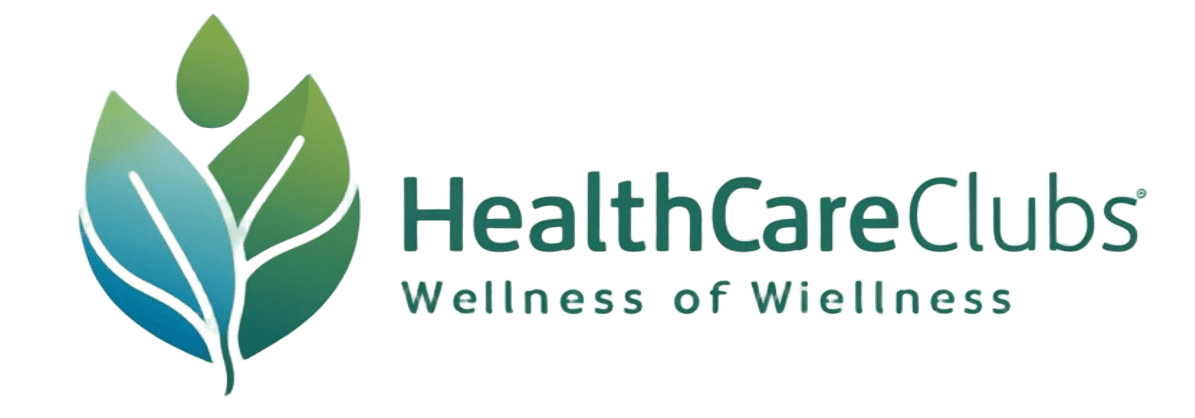The safety and well-being of the workers, and the overall success of the company, can be assured only with proper health and safety measures at the workplace. It is the responsibility of the employers to ensure that the workplace is safe and that the workers are informed of the possible dangers and threats that exist at the workplace. Ensuring good health and safety at the workplace can help employers minimize the chances of accidents, injuries, and diseases, which can lead to less absenteeism, higher morale, and greater employee retention.
In addition, not only is the provision of workplace health and safety a legal necessity, but it is an ethical one as well. It is the responsibility of employers to care for their employees, and to not ensure that the workplace is safe can lead to legal repercussions along with negative ramifications to the reputation of the firm. Moreover, the enhancement of workplace health and safety can benefit the organization with economic savings, such as lower rates at the insurance company, fewer workers’ compensation claims, along with lower potential legal bills. Overall, it is imperative that workplace health and safety be the top focus to ensure that the workplace remains a productive, good place to be.
Common Health and Safety Hazards in the Workplace
There are several workplace health and safety risks that can exist, and employers, as well as employees, should be cognizant of these dangers to avoid accidents and injuries. Slips, trips, and falls are one hazard that can be found inside many worksites, caused by slippery or uneven floors, obstructions along the pathway, or poor lighting. Slips, trips, and falls can cause severe injuries like broken bones, concussions, or sprains. A source of danger that can be found inside many worksites is the potential to be exposed to hazardous materials, such as chemicals, fumes, or dust, which can cause respiratory complications, irritation to the skin, or prolonged medical issues.

Also, violence and harassment at the workplace are substantial dangers that can affect the mental and emotional well-being of workers negatively. It is necessary that employers implement policies, as well as procedures, to prevent and manage such problems. More so, ergonomic risk factors, including poor posture, or repetition injuries, can cause musculoskeletal disorders, which can result in permanent pain. With the identification and management of such common workplace health, and safety threats, employers can produce a safe work environtment
Tips to Sustain A Healthy and Safe Working Environment
There are some tips that employers can use to ensure that the workplace remains safe and healthy for employees. First of all, carrying out regular risk assessments can ensure that potential workplace hazards and risks are noted. Knowing what those potential risks are allows employers to take active steps to eliminate or minimize them before accidents can happen. Secondly, giving proper training and education to workers regarding health and safety procedures can ensure that workers can identify and mitigate potential dangers themselves.
In addition, establishing open channels of communication to report hazard issues or concerns can aid in resolving problems early. It is the responsibility of the employers to ensure that equipment and facilities are well maintained to avoid accidents due to defective machinery or infrastructure. Besides that, cultivating the safety culture can help workers focus on the safety and well-being of themselves along with that of others. With the adoption of the above tips, employers can foster an environment that puts an emphasis on safety and health.
The employers’ role towards ensuring the health and safety of workers
Employers are responsible for maintaining workplace health and safety. They are obligated to offer safe work environments to employees through the determination of possible dangers, the adoption of preventive strategies, and the provision of necessary training and equipment. Employers are further responsible for ensuring that all workers are informed of policies and procedures regarding health and safety and are provided with suitable personal protective equipment. Moreover, employers should review and revise their policies on health and safety periodically to address any changes that occurred in the workplace or the changing norms of the area of work. It is further necessary that employers take the lead themselves by adhering to the health and safety measures themselves and infusing the organization with the culture of safety. In this manner, employers can establish the work mode that focuses the attention towards the well-being of the employees.

Employee Duties Related to Health and Safety
While employers bear the greater responsibility to ensure workplace safety and health, the employees too have some responsibilities to ensure that the workplace is safe. They should be acquainted with the policies and procedures related to workplace health and safety, which should be strictly followed at all times. They should report any issues or concerns to the supervisors or the appointed safety personnel.
In addition, workers ought to be responsible for ensuring their well-being through the use of personal protective devices where necessary, adhering to safe methods of work, and engaging in any requisite education or training concerning health and safety. To this end, workers should actively become involved in such responsibilities to help ensure that the workplace is safe for themselves and others around them.
Training and Educations for Health and Safety
Training employees and employers alike in the practices of health and safety is crucial to maintain a safe workplace. Comprehensive training should be provided to employers to educate employees on possible workplace hazards, safe workplace practices, emergency responses, and the use of personal protective equipment properly. This training has to be ongoing to make all employees well-versed in any update or change to the health and safety procedures.
Moreover, employers can offer further learning opportunities regarding matters of safety and health, like workshops, seminars, or internet courses. Investing in training and education regarding safety and health can equip the employees with the knowledge to identify potential dangers and take preventive action to avoid accidents or injuries.
Materials to Promote Health and Safety at the Workplace
Several resources exist to support promoting health and safety at work. Government departments like the Occupational Safety and Health Administration issue guidelines, regulations, and resources to employers to maintain compliance with safety and health regulations. Most industries include training programs, best practices, and resources to maintain the safety of the work area, which are provided by industry associations. Employers can also seek advice from safety professionals or consultants that can offer assistance with the detection of potential danger and the application of preventive controls. Additionally, employers and employees can use many internet resources including articles, webinars, and toolkits to stay current with the best practices concerning workplace health and safety.






